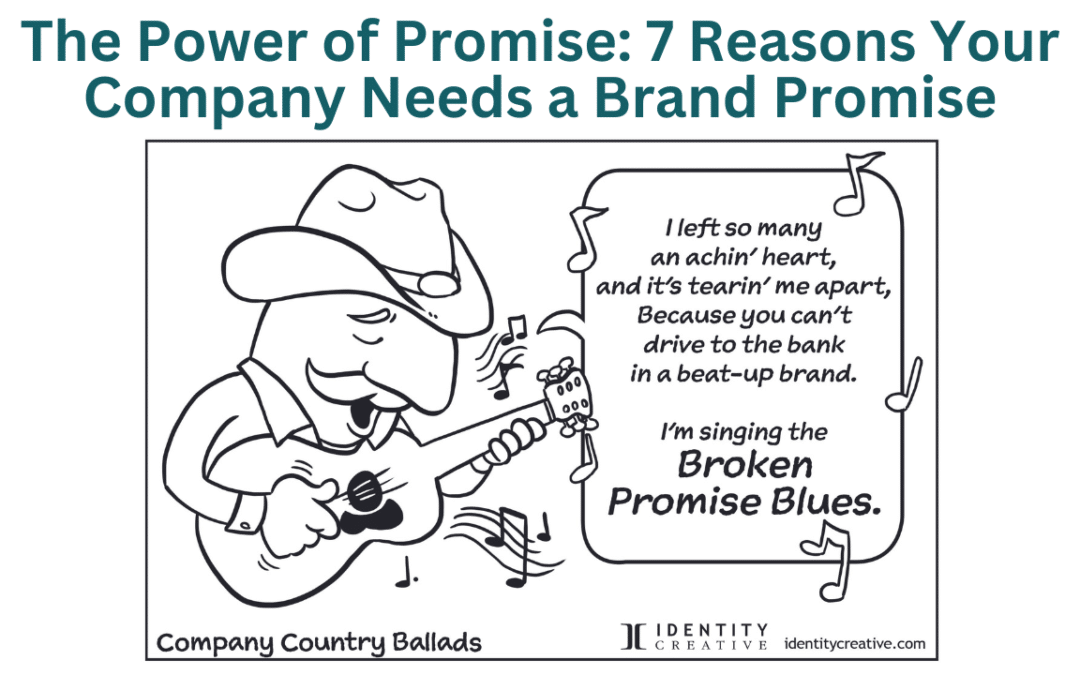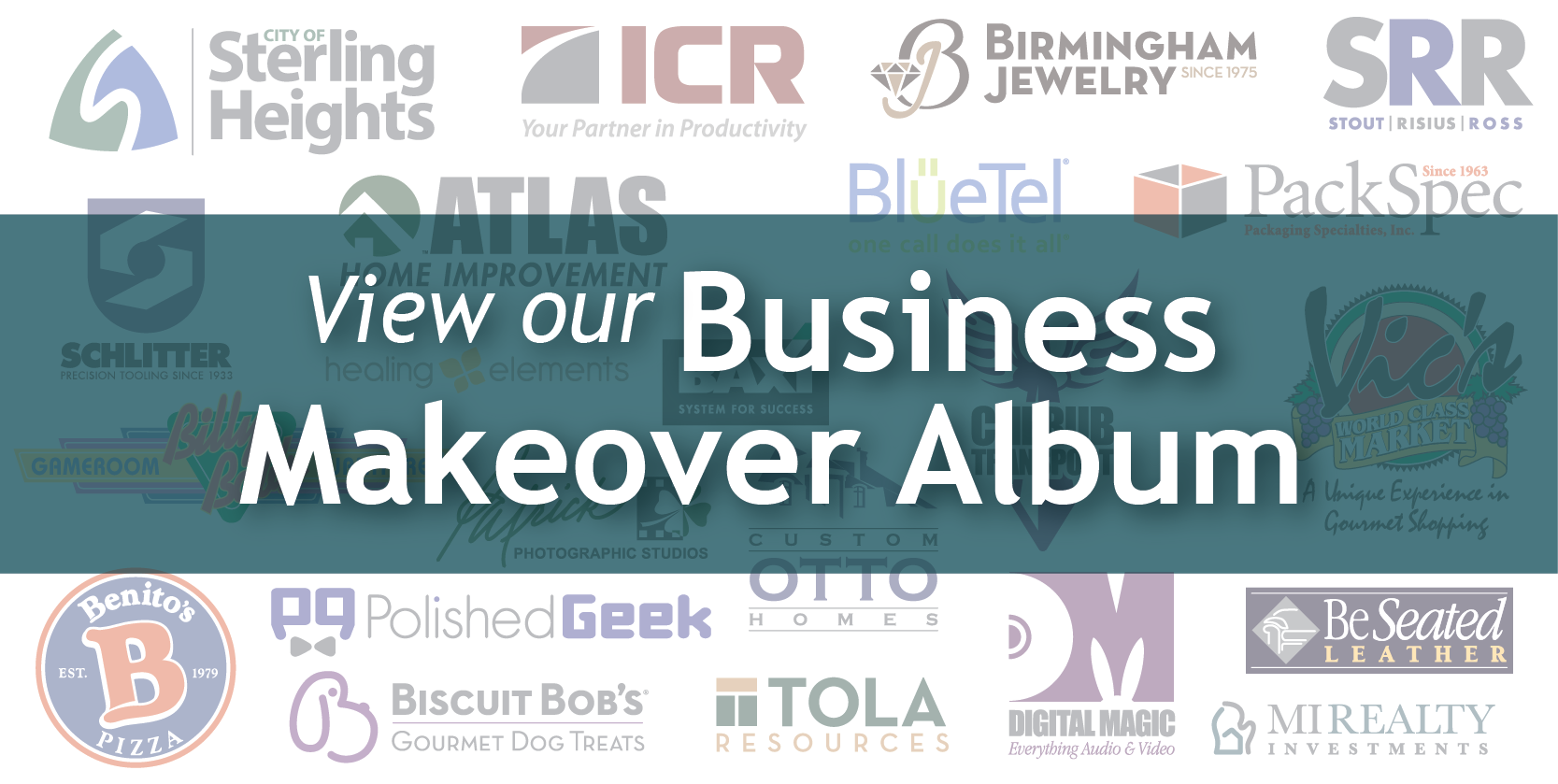
Disappointed customer expectations can be the downfall of a company. Keeping customers at the heart of everything we do vital to business success, yet it’s a constant battle in the midst of critical challenges our businesses face.
We can try to set up metrics and KPIs to measure customer satisfaction, but while these efforts offer valuable insights, they can sometimes sometimes lead us astray.
This is where a brand promise comes in. A well-crafted brand promise is a powerful tool. When it’s shared with consistent passion from leaders and managers, it unifies understanding with employees and keeps the customers’ experience the priority.

A Good Brand Promise maintains quality as you scale your business.
Measurable Simplicity: Keep it concise and clear. Every customer should easily answer, “Did they keep their promise?”
Meaningful Specificity: Strike a balance between being specific enough to matter and broad enough to encompass your mission and adapt to evolving markets.
Agile Adaptability: The world is constantly changing. Ensure your promise can remain relevant in the face of disruption.
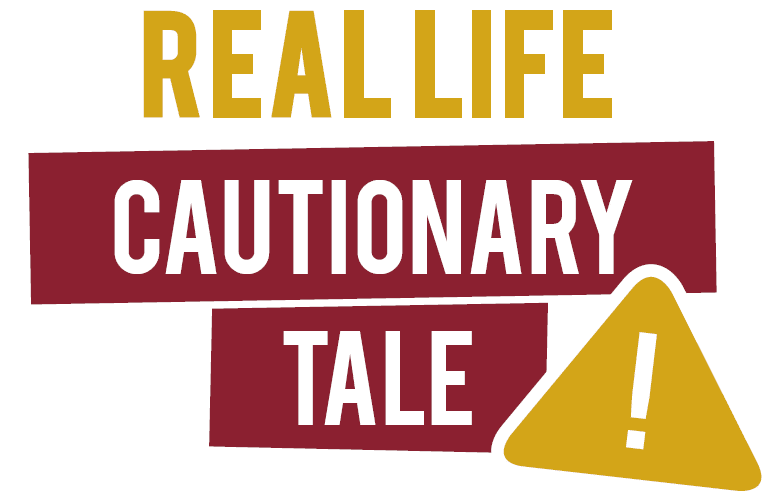
A Real Life Cautionary Tale:When A Misaligned Brand Promise Felled a Tech Giant
Ask someone born after the year 2000 if they remember Kodak. They likely won’t. You might if you remember dropping off a roll of film to be developed.
Here’s why the Kodak brand has faded into history: Instead of building their business strategy around the promise to help people “capture moments to share,” Kodak built their brand around “Quality Kodak Film.”
Instead of defining their brand as the innovative tech company that they were, Kodak’s leadership became enamored with the revenue from film sales and blindly handed their market advantage to others.
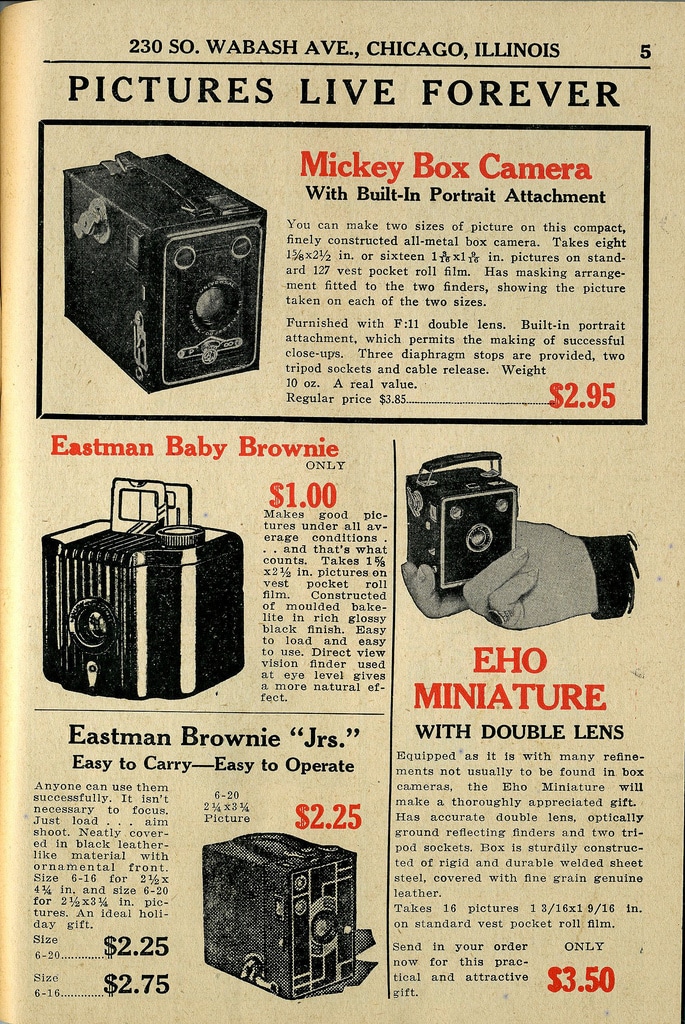
The Kodak Brand’s Roots
George Eastman, the founder of Kodak, disrupted an industry. He first invented shelf-stable film in 1884, then invented the camera to sell the film.
Eastman took the luxury of photography out of the exclusively professional realm and brought it to any amateur with the $1 “Brownie Camera” and 15-cent film.
To most, Kodak appeared to have stayed true to its roots in its focus on film, but it was a serious miscalculation. Kodak’s true origin was disruptive technology.
Kodak was first a technologically innovative company.
Did you know?
» Kodak’s engineers were issued 19,576 US patents between 1900 and 1999.
» Kodak built one of the United States’ first industrial research laboratories in 1912.
» 1989: Kodak employee, Steven Sasson, was the first to build a working digital camera. “Sasson and Robert Hills made the first DSLR camera, which wasn’t a jury-rigged prototype but similar to the ones on the market today. It used memory
cards and compressed the image. Sasson was told they ‘could’ sell the camera, but that they wouldn’t, for fear it would cannibalize film sales.” 1
» Apple launched a digital camera in 1994, the QuickTake. It was actually designed by Kodak and had been released in Japan months before under its own brand name.
» Kodak patented touchscreen technology.
What If Kodak’s Leadership Team Had a Different Brand Promise?
If the leadership of Kodak had defined Kodak as a technology company with a brand promise to the consumer market of “Share Kodak Moments” (they had the slogan “Kodak Moments”), they would not have missed the opportunity to continue to lead the market first with new technology that captures moments in time.
When Kodak discovered the digital image, if they kept the focus on “sharing” and disruptive technology, Kodak could have spurred the digital revolution a decade before Apple came along and made it happen.
Kodak’s Downfall
In 1976, Kodak had a 90pc market share for photographic film and an 85pc share of camera sales in the US.
In January 2012, it filed for Chapter 11 bankruptcy. The city of Rochester, NY, once bustling with thousands of Kodak employees, feels like a vacant industrial park in places.
Certainly, there are a number of factors that played into the decision to bury the digital camera, compressed image, and touchscreen technology. Yet, if the decision-makers had committed to delivering on a Kodak brand promise to “Keep & Share Moments” and lived by it, Kodak could be a global leader today, and we might be “Kodaking” online.

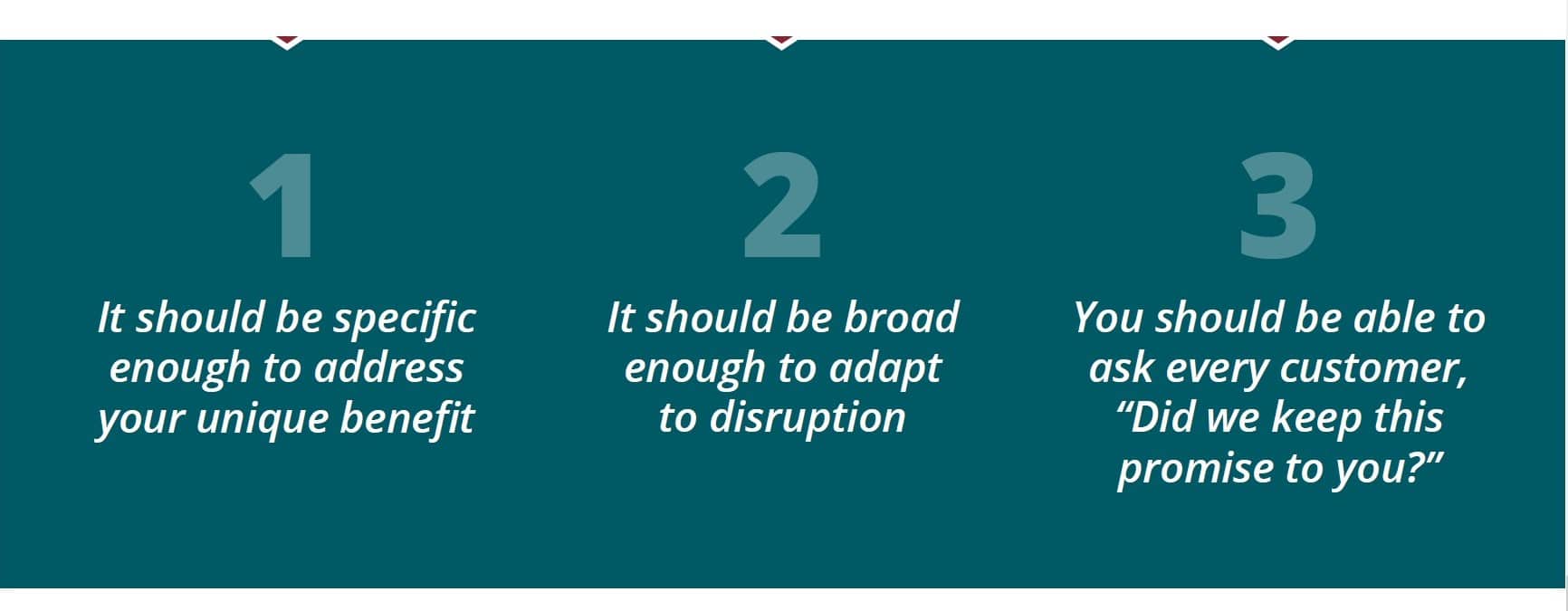
How do you create your company’s Brand Promise?
Once you’ve identified your key differentiator–the tiebreaker–your secret sauce, build your promise around it.
How do you keep your Brand Promise?
Consistently deliver on your unique brand promise, and you’ll win customers’ trust and loyalty.

Examples of Brand Promises:
Here are several examples from our clients. Each one is measurable, guides employee behavior, and is tied to the company’s mission:
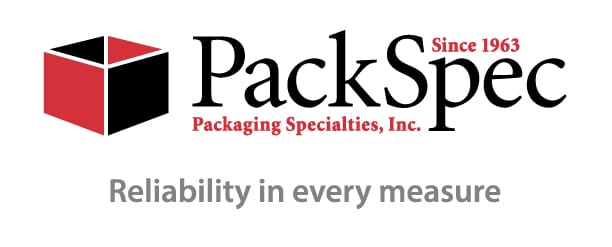
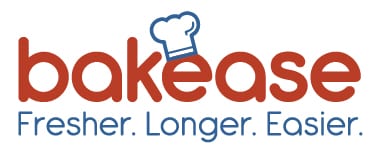

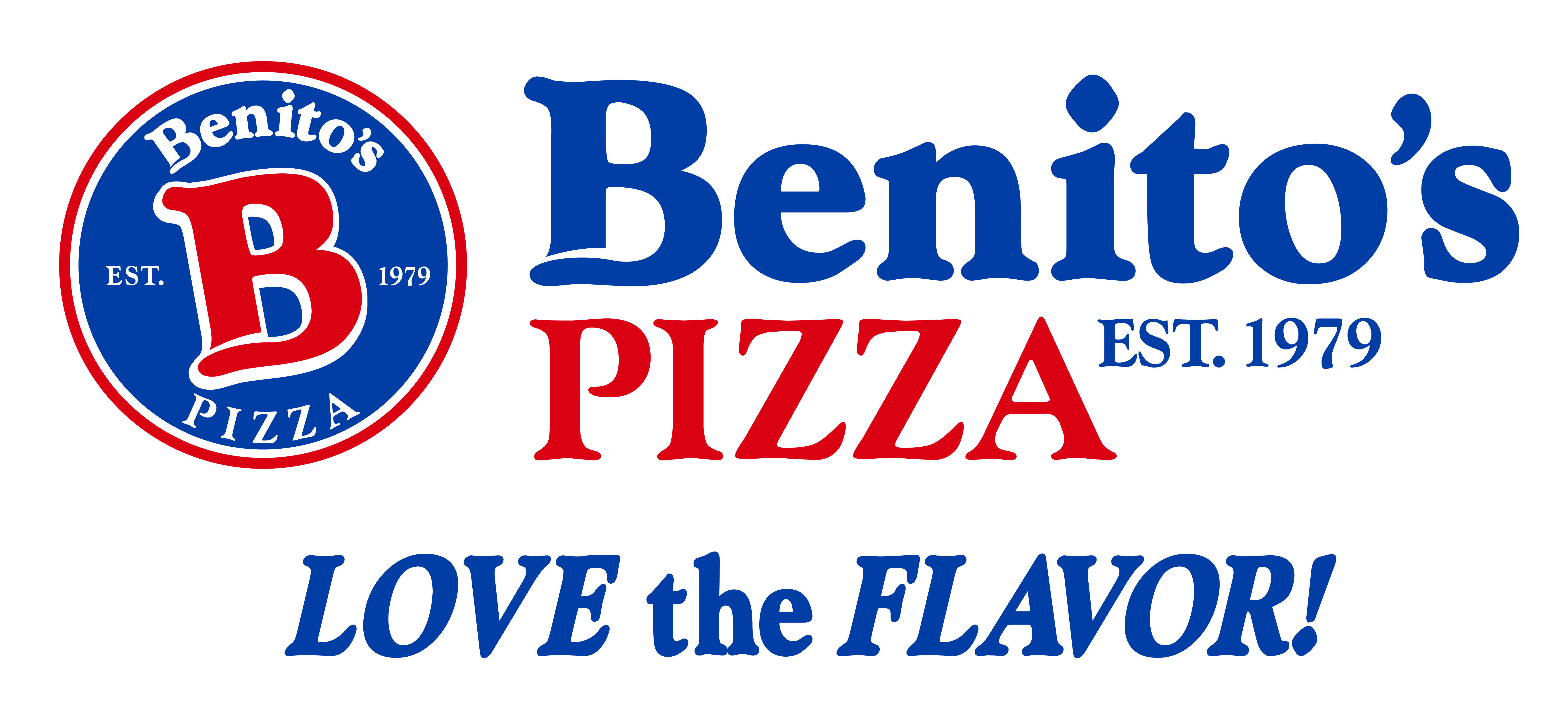
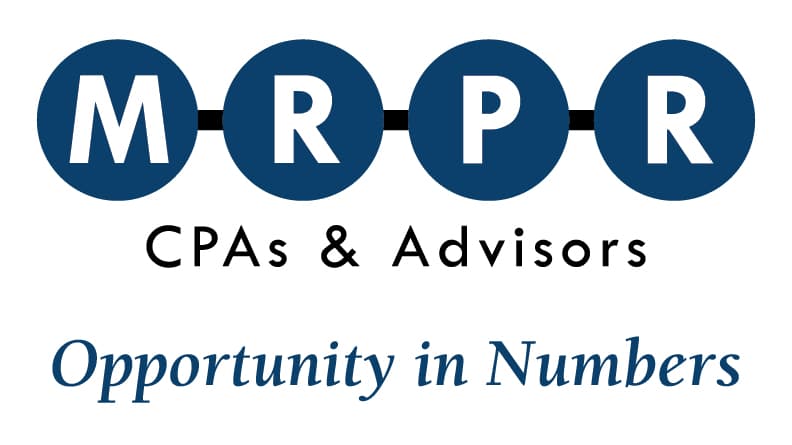

PackSpec: We promise reliable precision engineered in every package.
Slogan: Reliability in every measure.
Bakease: We make exacting quality accessible to independent bakers.
Slogan: Fresher. Longer. Easier.
Paletz Law: Paletz Law commits to be readily accessible to fiercely protect the property rights of every client.
Slogan: Your Innovative Landlord Advocates
Benitos Pizza: Our family’s love of delicious flavor will flow through every item we serve.
Slogan: You’ll love the Flavor!
MRPR CPAs & Advisors: Through numbers we find our clients opportunities for growth and savings.
Slogan: Opportunity in Numbers
City of Sterling Heights: Continuous innovation equips us to create an environment of collaboration and reasonable risk that invites community stakeholders with lasting and beneficial solutions to all.
Slogan: Innovating Living
7 Ways Your Brand Promise Supports Your Purpose, Mission, Vision, and Values:
- Aligns with Values:
Your promise reflects your core values, ensuring every interaction aligns with what your company stands for. - Focused Vision:
It fulfills your vision through measurable behaviors and results. - Enhances Differentiation:
It highlights what sets you apart, attracting customers who resonate with your unique value proposition. - Motivates Employees:
A clear promise empowers your team to understand their role in delivering exceptional customer experiences. - Builds Trust and Loyalty:
Consistent delivery on your promise fosters trust and loyalty, turning customers into brand advocates. - Guides Decision-Making:
A simple, clear brand promise keeps leadership on track with key strategic decisions. - Shapes a Customer-centric Culture:
Your promise becomes the foundation of your company culture, fostering a customer-centric mindset across all levels.
A brand promise isn’t a slogan. It’s a commitment that shapes the behavior and attitudes of everyone in your company: from C suite to customer service.
Take time to make a clear, memorable, motivating, and measurable brand promise. Then implement it in every part of your organization for sustainable growth.

